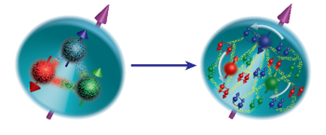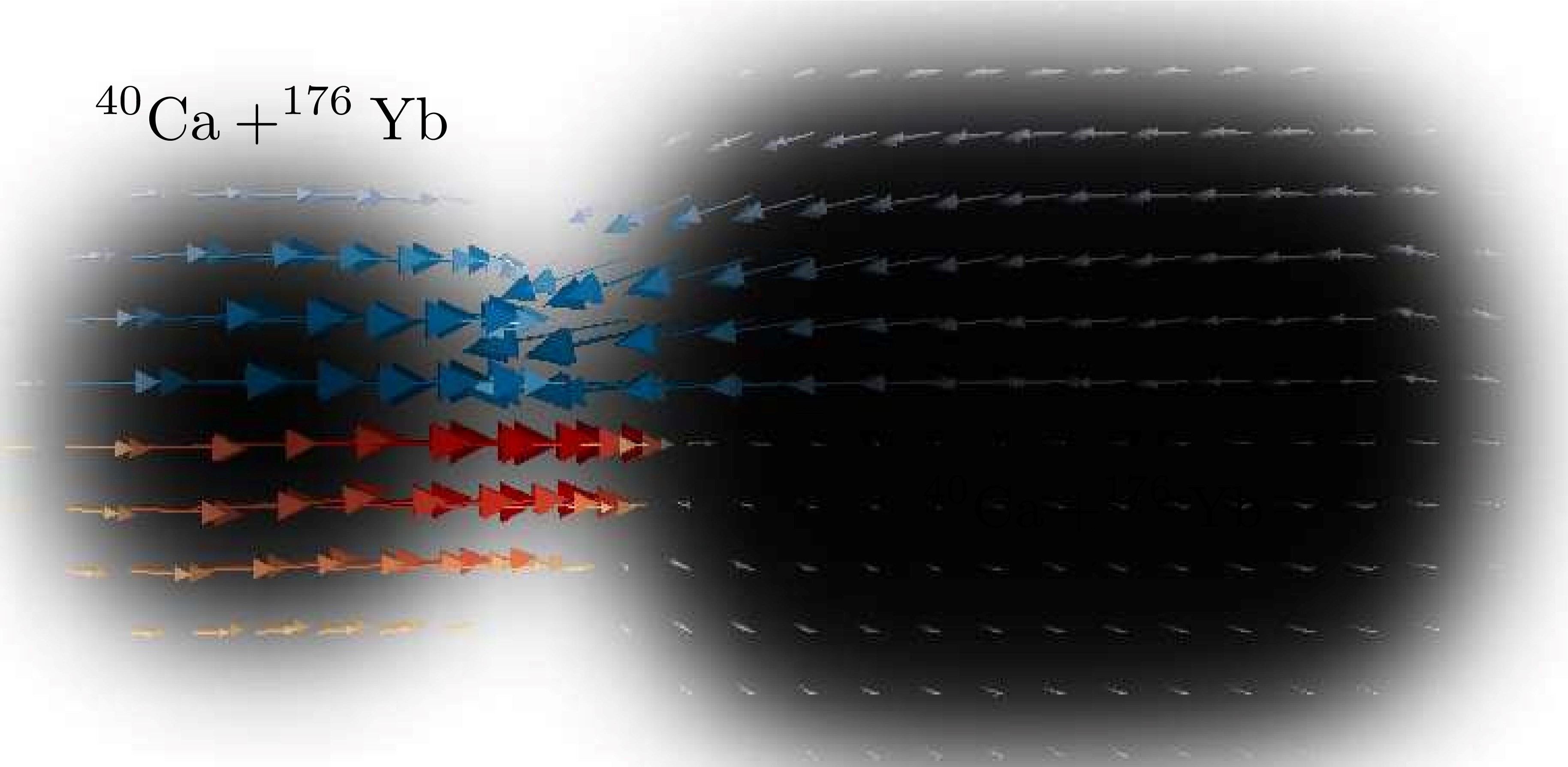New Theoretical Contribution Helps Examine the Internal Rotation of the Proton
Researchers find a new contribution to the proton Sivers function that describes the internal rotation of the proton perpendicular to its velocity.

The Science
An important question for scientists studying the inner structure of the proton is how quarks are distributed in a proton whose rotation is perpendicular to its direction of motion. Much of the physics of such a proton is described by the quarks’ Sivers function. This function shows whether more quarks in the proton move to the right than to the left of the plane created by the proton’s velocity and the direction of the proton’s rotation (spin) axis. Scientists have found a new theoretical contribution to the Sivers function of the quarks carrying a small fraction of the proton’s momentum.
The Impact
Quarks carrying a small fraction of the proton’s momentum are important in high-energy collisions. The upcoming Electron-Ion Collider (EIC) will collide electrons with protons at high energy and measure the Sivers function for such quarks. This work will lead to a prediction for future EIC measurements. Scientists can test this prediction experimentally to evaluate theories of the proton structure. Scientists can also compare the new results with earlier theoretical work by a different group of researchers that advocates a contribution to the Sivers function involving three gluons.
Summary
Scientists at the Ohio State University and the Center for Nuclear Femtography have used quantum chromodynamics (QCD), the theory that describes interactions of quarks and gluons in protons, to better understand how quarks are distributed inside of a proton. Concentrating on the quarks carrying a small fraction of the proton’s momentum, they calculated their contribution to the so-called Sivers function of the proton. The Sivers function measures how many more quarks in the proton move to the right than to the left of the plane created by the proton velocity and the direction of the proton’s rotation (spin) axis (for a proton whose rotation axis is perpendicular to its velocity).
The researchers found that, based on QCD theory, the quarks carrying a small fraction of the proton’s momentum should contribute significantly to the Sivers function. If confirmed by the future Electron-Ion Collider experiments, this would help scientists understand how such quarks contribute to the rotation of the proton around its spin axis (illustrated in the attached figure), giving us a new insight into the proton’s inner structure.
Contact
Yuri KovchegovThe Ohio State University
kovchegov.1@osu.edu
Funding
This material is based on work supported by the Department of Energy Office of Science, Office of Nuclear Physics.Publications
Kovchegov, Y.V. and Gabriel Santiago, M., T-odd leading-twist quark TMDs at small x. Journal of High Energy Physics 11, 098, (2022), [DOI: 10.1007/JHEP11(2022)098].
Highlight Categories
Program: NP
Performer: University



